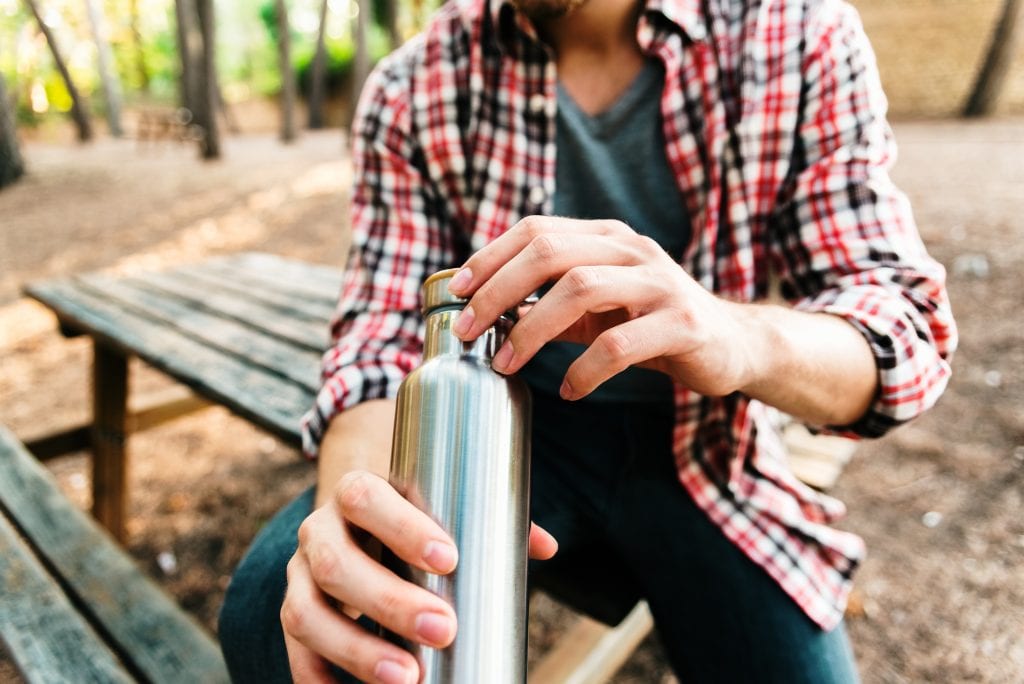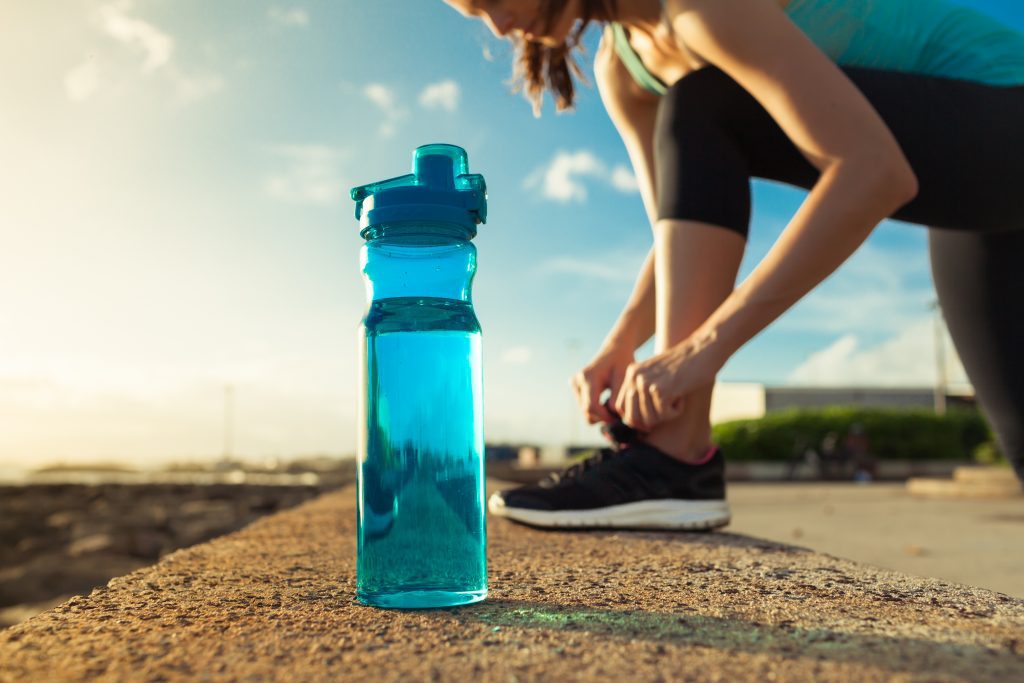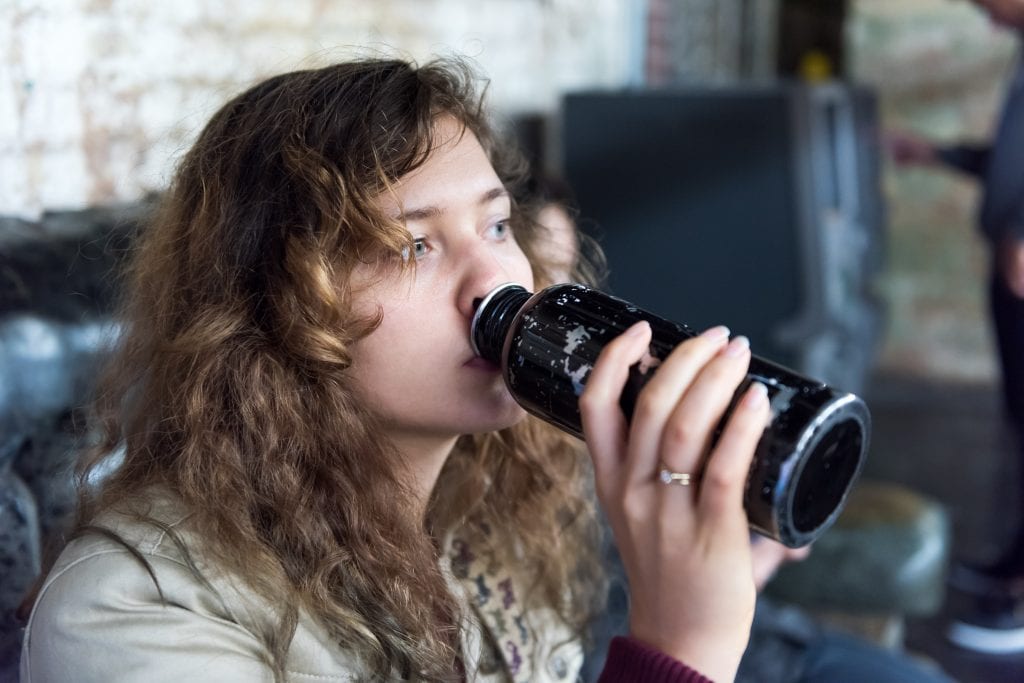The products and services mentioned below were selected independent of sales and advertising. However, Don't Waste Your Money may receive a small commission from the purchase of any products or services through an affiliate link to the retailer's website.
Whether you use a Nalgene, Hydro Flask or Yeti Rambler or other brands, water bottles offer an eco-friendly and stylish way to stay hydrated. Yet even though you might only fill your water bottle with clean water, some pretty nasty things can flourish inside the bottle if you’re not washing it regularly.
Failing to clean it consistently opens the door to icky germs and bacteria. If you use one daily, this means you should be cleaning it at the end of each day! Don’t worry, it’s a quick and easy chore. From using good dish soap to the best cleaning brush, we’ll show you how to tackle this job.

Use The Right Tools For The Job
- Bottle brush: The best cleaning brush will get into little nooks and crannies — at the bottom of the bottle and inside the lid.
- Straw brush: Find a brush with tiny bristles that will remove debris from inside the straw or bite valves.
- Dish soap: The best dish soap will be tough on grease and stuck-on foods while being safe for the entire family, which might mean being free from phthalates, phosphates, fragrances and dyes.
- Bottle disinfecting tablets: These are super simple to use. Just fill the bottle with water and drop them in. Once they dissolve, give the bottle a thorough rinse. One good option: Bottle Bright tablets.
- Bleach: The same kind you use for your laundry can work for this task
- Warm or hot water: Cleans better than cold water.
How To Clean Water Bottles Like A Pro
No matter what type of material your water bottle consists of, whether it’s plastic, glass or metal, warm, soapy water should do the trick. Just beware that sometimes the soap’s fragrance can transfer to plastic and silicone water bottles. To circumvent this, opt for using less soap or go for a fragrance-free variety.

Extra grimy bottles, like the ones forgotten over the summer that have been stashed in the bottom of a child’s backpack, will require extra work. If it consists of tempered glass or metal, use hot water and soap. Then let it sit for a few minutes before scrubbing it with a brush.
Regardless of material type, disassemble the bottle as much as possible before beginning. If the lid comes apart in several pieces, you can run it in your dishwasher in the utensils basket.
For plastic and silicone bottles that need disinfecting, use a few drops of the best dish soap, warm water and a teaspoon of bleach to nip bacteria in the bud. Disinfecting tablets, used once per week, are a great bleach alternative. Either way, rinse thoroughly and let them air dry.
Disinfecting Lids And Straws
The best cleaning brush will fit the size of the product. Brushes for straws will be extra narrow, whereas cleaning brushes for bottles will have more girth.

Cleaning Tumblers
Check the bottom of your tumbler to see if it’s dishwasher safe. If not, follow the water bottle cleaning methods already mentioned.
Never close up a wet water bottle after cleaning it. Allow air to pass through to keep your bottles odor-free.
If you get in the habit of cleaning your water bottle every evening before you go to bed, you can start the next day off with a fresh one that’s ready to go. Easy peasy.
This story originally appeared on Don't Waste Your Money. Checkout Don't Waste Your Money for product reviews and other great ideas to save and make money.


